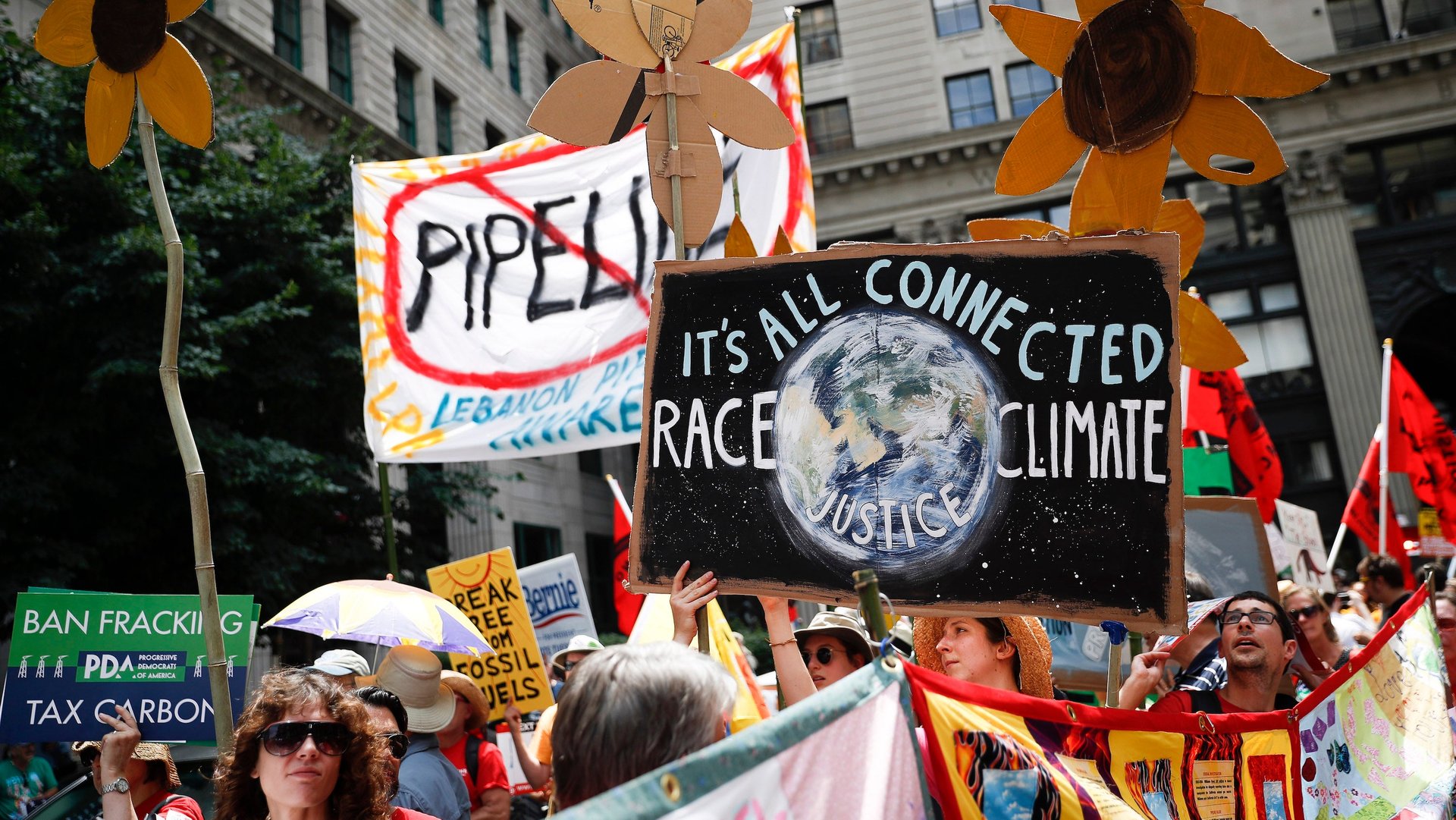Western elitism has given rise to a dangerous assumption about developing nations and climate change
By the time you finish reading this article, the total human population of planet Earth will have increased by about 1,000 people. Come back the same time tomorrow, and there will be 200,000 more of us. In fact, the current imbalance of births over deaths is so great that, before the middle of the century, the global population is expected to increase from 7.4 to 9 billion.


By the time you finish reading this article, the total human population of planet Earth will have increased by about 1,000 people. Come back the same time tomorrow, and there will be 200,000 more of us. In fact, the current imbalance of births over deaths is so great that, before the middle of the century, the global population is expected to increase from 7.4 to 9 billion.
This rapidly expanding population can only hamper efforts to put a brake on climate change as more people mean more emissions of greenhouse gasses. Organizations such as Population Matters argue that a sustainable human population is closer to the two billion range. Consequently, they suggest, we should focus our efforts on reducing overpopulation until we reach a level compatible with what our planet’s resources can provide.
On the surface, this argument makes sense. It’s also potentially, dangerously wrong.
To understand why, we first need to understand that the driver of overpopulation is not that there are too many babies, but that there are “too few” deaths. Average life expectancy in developed nations such as the US has been significantly increasing since the 19th century. Advances in nutrition, sanitation and healthcare mean that fewer lives are lost because of issues that we now consider straightforward to treat or avoid.
This decrease in death rates is the first stage of a fundamental change in society, which eventually moves from high rates of both birth and death to low rates of both. But this change happens slowly. It seems that the biggest factors that lead to lower fertility rates—the average number of children produced by each woman—are women’s access to contraception and education. A very crude characterization is that wealthier, more educated people tend to have smaller families.
While the global population continues to rise, the rate of increase has been getting smaller and smaller since the 1970s. In some European nations, and perhaps most noticeably in Japan, fertility rates are now below the replacement rate—the number of births required to keep the population stable—and so these countries are becoming less populous.
The countries with the highest fertility rates right now are developing nations. Whether we stabilize at 9 billion, 10 billion, 11 billion or more by the end of this century will be determined largely by what happens in these countries.
This is where the argument about tackling overpopulation to address climate change can take that dangerous turn. More people create a greater total environmental impact, so it seems reasonable to conclude that population growth in developing nations is responsible for more climate change.
However, the average Nigerian has an ecological footprint over 10 times smaller than the average American. And the idea that a sustainable global population is about two billion is based on the assumption that all two billion people have the ecological footprints of the average American or European. It’s easy for Westerners to use that starting position to conclude that we are full up.
It’s as if, while deciding how to divide a pie among a large group of people, the number of slices was determined by those with the greatest appetites. They get most of the pie. If anyone who doesn’t get a slice complains, the polite suggestion is that they consider not existing.
Moreover, even if drastic measures were taken to reduce global population, it would take many decades to see any significant decrease. Avoiding dangerous climate change demands action now, not in a few generation’s time.
If we are serious about addressing climate change, then the very first thing we should do is reduce greenhouse gas emissions in the richest, most profligate nations. Next, we should do what we can to help developing nations avoid our dirty, fossil-fuelled mistakes. Their sustainable economic development is the surest way to ensure minimal impacts on climate change and population growth.
Like it or not, there will probably be a few more billion people on this planet before we can safely turn things around. Reducing emissions and global population are arguably the greatest challenges that humans have ever faced. They will require radical solutions that will challenge our notions of fairness and justice in an ever more entwined global community.